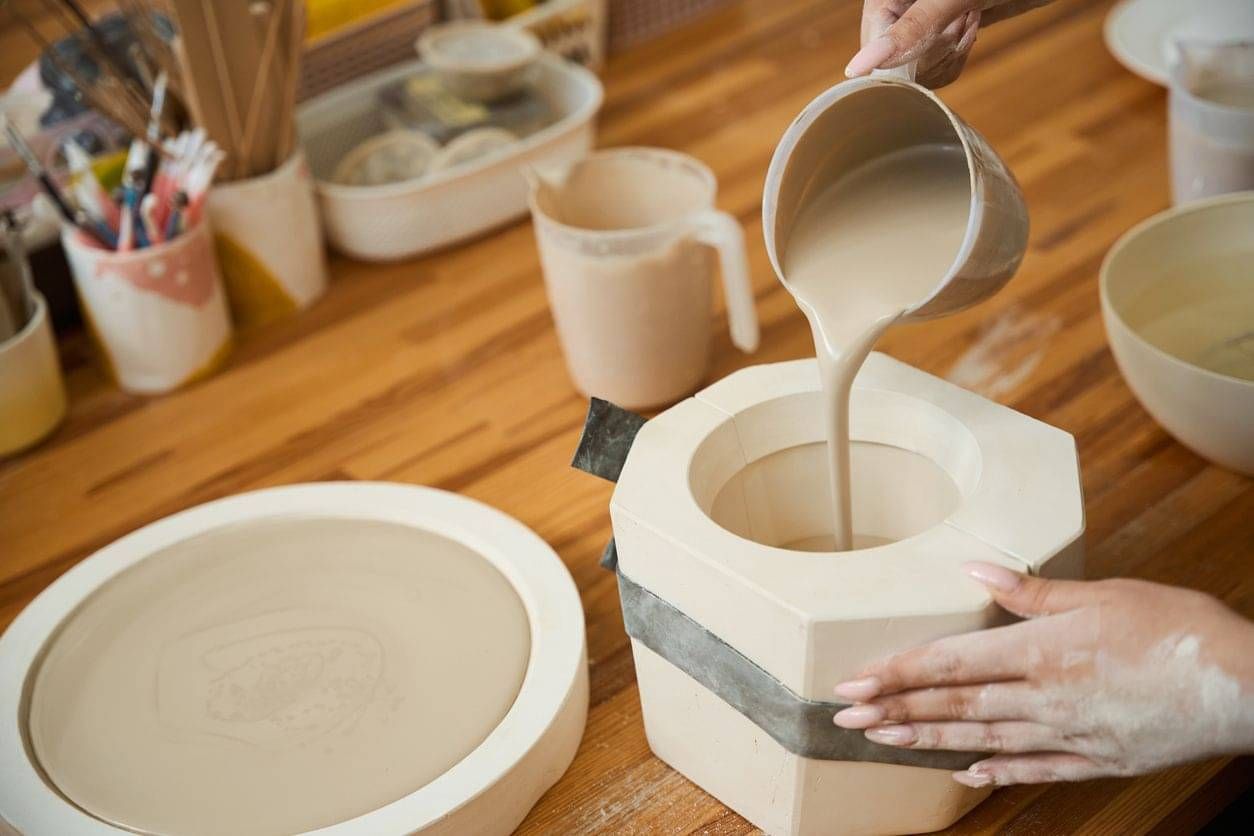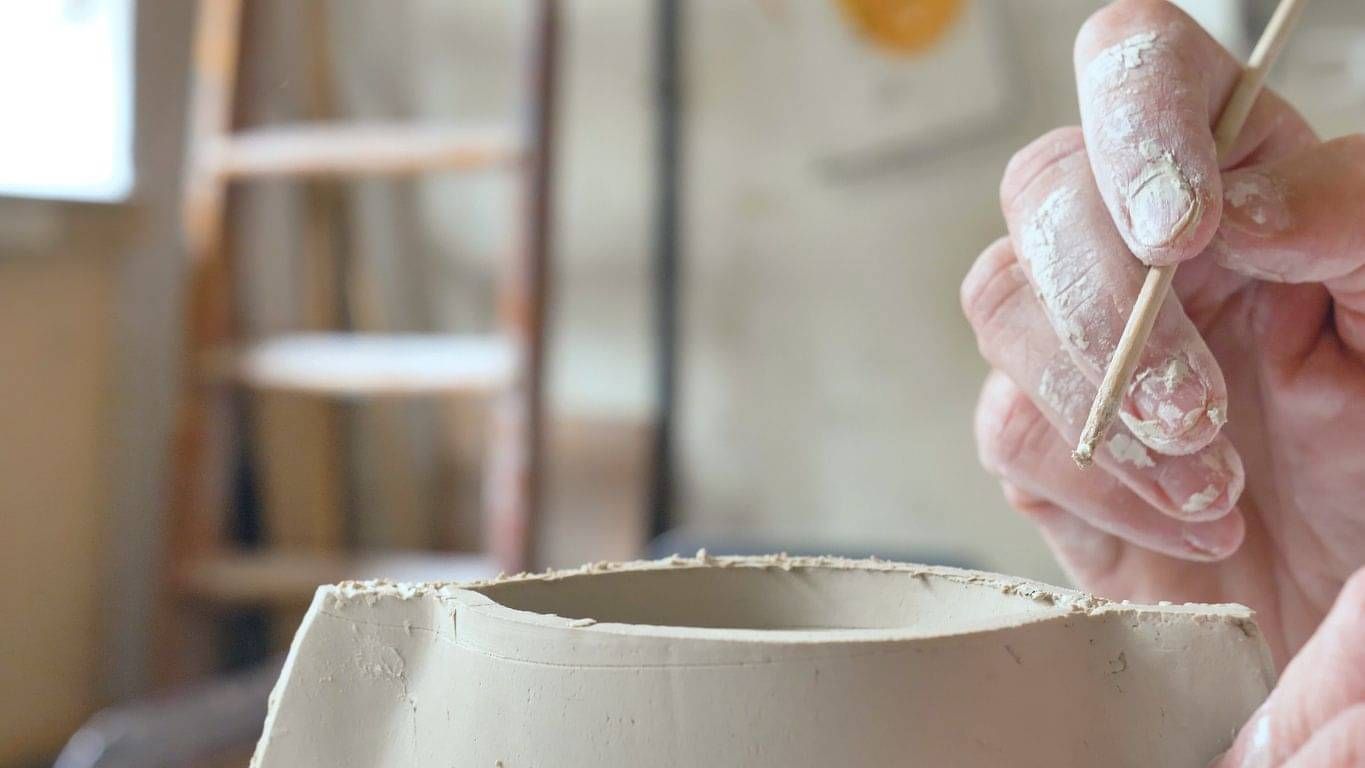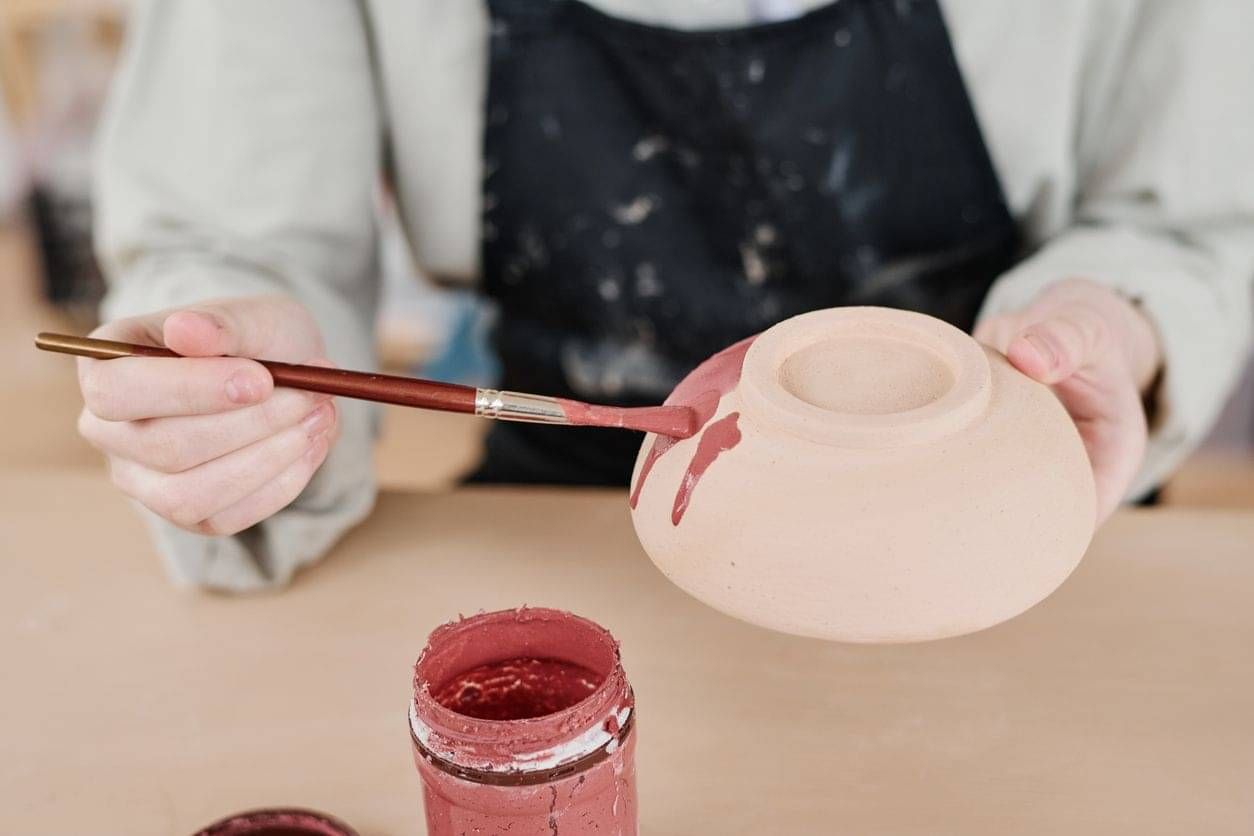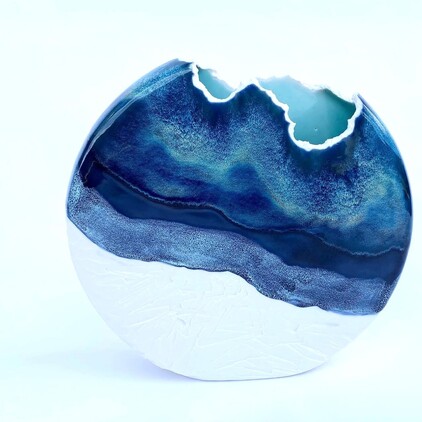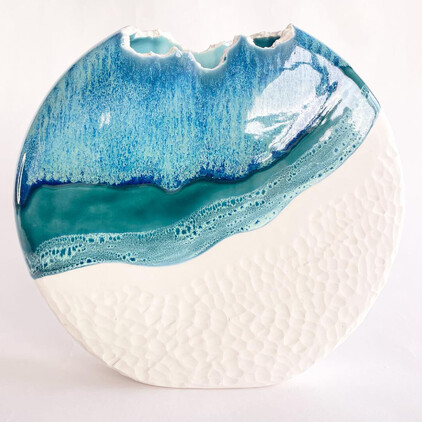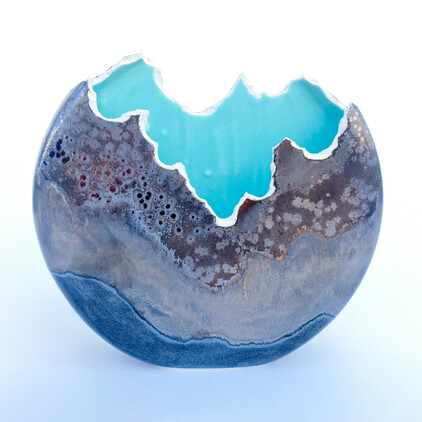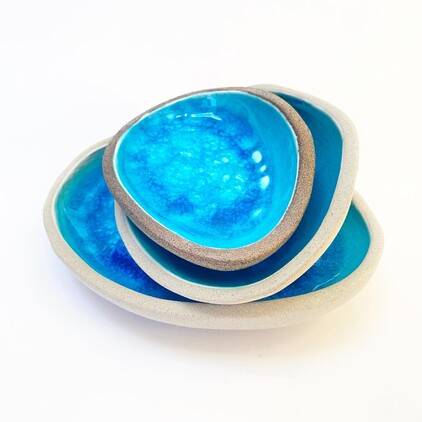About Ana N
Originally from Serbia, Ana N moved to South Africa at the age of nine, where her lifelong passion for creativity continued to flourish. After completing school, she pursued studies in Art Directing for Film and Television in Cape Town. It was during her time in Port Elizabeth that Ana N discovered ceramics, taking private lessons that sparked a deep and lasting interest in the medium.
In 2018, Ana relocated to New Zealand with her family. Since then, she has immersed herself in the world of clay, art, and design, also gaining experience by assisting a well-known cast glass artist. Now based in Wellington, Ana N continues to develop her practice and has received recognition for her work, including awards at the Waiclay National Ceramic Exhibition and the "People’s Choice Award" at Wellington’s Ceramicus Exhibition.

The Creative Process
Ana uses a variety of techniques to create her ceramic artworks, ranging from hand-building and wheel throwing to slip-casting. For her slip-cast pieces, she begins by making her own plaster molds. Liquid clay, known as slip, is poured into these molds and left to set for a specific amount of time.
Once the clay has firmed up enough to be removed from the mold, the piece is carefully taken out and left to dry until it reaches a stage called "greenware"—dry enough to handle, but still soft enough for refining. At this point, Ana adds texture, shapes the form, and creates her signature torn edges, fine-tuning any imperfections. The piece is then left to dry completely, becoming "bone dry." In this state, the greenware is extremely fragile and must be handled with great care.
The bone-dry piece is then loaded into the kiln for its first firing, which lasts around 12 hours, followed by a 24-hour cooling period. Once cooled, the work is now called "bisqueware." It’s then cleaned with a damp sponge, any rough spots are sanded smooth, and the glazing process begins. Glazing involves painting multiple layers of a liquid glaze (essentially a glass coating) onto the bisqueware, allowing each layer to dry thoroughly before applying the next.
Even with careful preparation, the outcome after glazing is never guaranteed—each piece undergoes a second 12-hour firing and another 24-hour cooling cycle. The final kiln opening is always a moment of suspense, as pieces can crack or break during firing.
Once the pieces have successfully emerged from the kiln, they are photographed, carefully packaged, and sent off to galleries or directly to customers.
